Introduction
Welcome to the succulent sanctuary of Sedum, where these robust beauties reign with their easy-going nature and versatile living arrangements. Ever wondered if you can shuffle these hardy plants around your garden as the leaves start to turn amber? You’re not alone! Many green thumbs ponder over the timely topic of transplanting Sedum in September, the twilight of the growing season. Let’s delve into the fascinating world of the sedum plant family and unearth the secrets to their resilience.
Sedums, with their plump leaves and stellar survival skills, have earned a reputation as the forgiving friends of the gardening world. Imagine the scenario: a late bloomer decides to rekindle their neglected garden mid-September, only to realize that their beloved Sedums are craving a change of scenery. Is it too late, or can they bravely dig in and transition their succulents to a new corner of their outdoor canvas?
This is the garden tale that brings us here, to address the burning question: Can I move Sedum in September? The answer lies in their seasonal savvy and the astute timing skills of the gardener. As we wade through the golden hues of autumn, the clock ticks for those looking to relocate these adaptable succulents. Sedums are forgiving, but even they appreciate a little heads-up before moving day.
Combine the wisdom from our insightful guide on succulent relocation with what’s ahead, and you’re all set to become a September Sedum-moving maestro. Meanwhile, for a closer look at the everyday care tips that keep these plants perky, we recommend checking out this engaging Sedum care guide which your green companions will thank you for.
Not sure where to start? Let our carefully curated video on Sedum care light the way as you prepare for your September plant transition:
Whether you’re a seasoned gardener or someone who’s just starting to soil their hands, remember, even in the world of sedums, timing is everything. So, grab your spade and garden gloves, because this is the perfect moment to explore the possibility of moving your Sedums in the serene month of September!
Understanding Sedum Varieties
If you’re thinking about relocating your sedum this September, hang tight! Before you grab that shovel, let’s chat about the wide world of sedum varieties—because knowing the particularities of your succulent can make all the difference in nailing the perfect transition timetable.

Picture a lush green carpet of sedum acre, a low-growing, mat-forming charmer. Now, throw in a dash of sedum telephium with its proud, upright posture. What do we have? A tiny peek into the extensive sedum family. Each member has its personal calendar of comfort for when a move is more like a gentle breeze than a turbulent storm.
Take sedum spathulifolium, a West Coast native fond of cool, foggy summers—it’s practically winking at you for a September shift. Meanwhile, the statuesque sedum Autumn Joy might appreciate settling into its new spot before it parades its autumnal blooms. Timing is everything, and sedum plants are the ticking clocks of the succulent kingdom.
Wondering about how to cater to your sedums’ needs beyond relocation? From sun worshipers to shade seekers, each variety has its script for thriving. As you plot your sedum’s moving day, why not brush up on aesthetics too? Choose varieties that not only fit your garden’s lighting but also dazzle with year-round dramatics. After all, isn’t gardening an act of choreographing nature’s beauty?
For more comprehensive care tips and insights into keeping your succulents jubilant, visit our guide on flourishing succulents. Here, you’ll find a trove of secrets to ensure your sedum—and its succulent cousins—stay spry and splendid.
Why Consider Moving Sedum in September?
Thinking about relocating your sedum this fall? September could be your golden window for a smooth transition. Let’s dig into the reasons that make this month a potential sweet spot for your tough but lovely succulent.
First off, September serves up a balanced cocktail of weather conditions—not too hot, not too cold. It’s like Goldilocks’ choice for sedum; just right. The cooler temperatures reduce the risk of transplant shock, a common setback when plants face the stress of being moved. Plus, the pleasant daytime warmth paired with cooler nights means your sedum can comfortably settle into its new home without battling the intense heat or potential frost.
Then there’s the rainfall. Typically, September brings more consistent moisture, giving your sedum a helping hand (or leaf) to establish its roots. This natural hydration can take some of the watering duties off your shoulders and ensures your plant gets the gentle care it needs.
To top it all off, sedum is entering its dormant period as summer waves goodbye. This stage slows down growth and lets the plant focus more on root development rather than sprouting new shoots and flowers. It’s like the plant’s very own version of moving day prep—slowing down to prioritize the big shift.
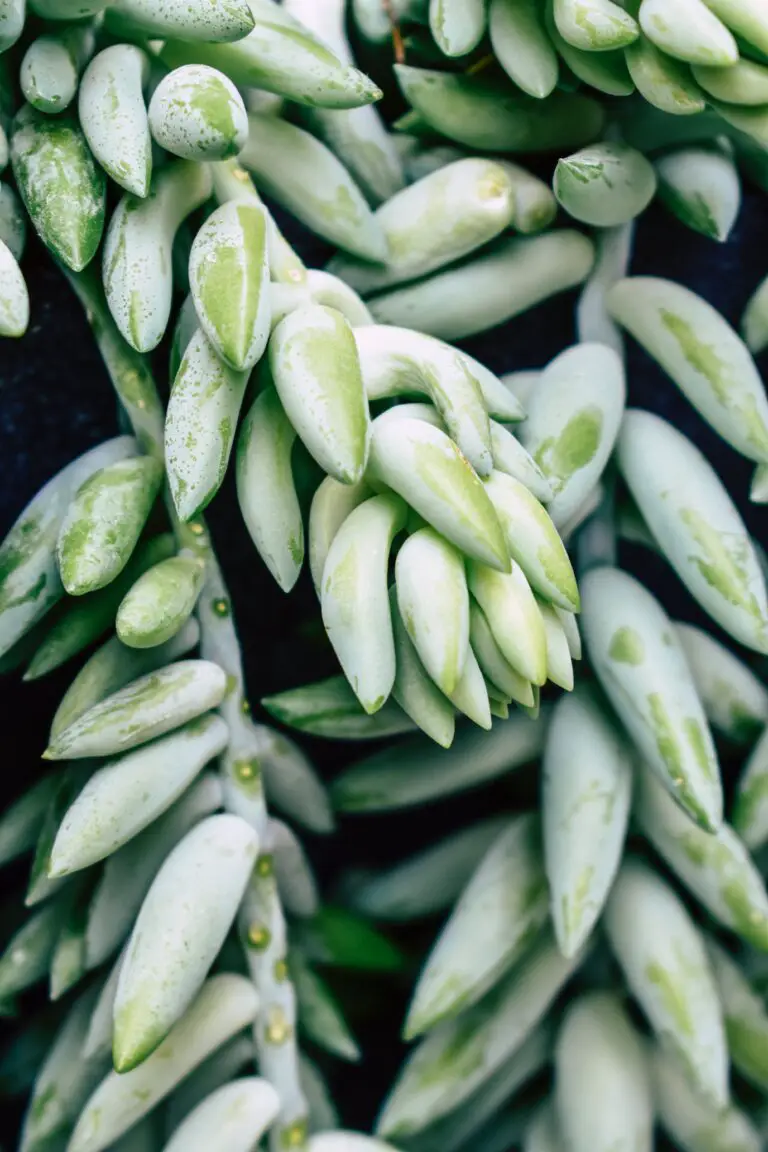
But, let’s not forget that every garden and climate is unique. If you’re nestled in a region with early frosts or unpredictable weather, September might flex its challenging side. It’s always savvy to keep an eye on your local forecast and adjust your gardening gloves accordingly.
For all-around advice on keeping your sedum thriving, whether it’s September or not, our insightful guide on Timing & Tips for Succulent Success promises to be a wealth of knowledge. Visit it and make every month a holiday for your hardy green buddy.
So, considering September for your sedum’s new chapter? The month holds a lot of promise, with its gentle climate and the plant’s natural life cycle syncing up for a potentially seamless transition. However, it never hurts to stay attentive and adapt to both your sedum’s individual needs and your specific garden’s microclimate. Happy gardening!
Step-by-Step Guide to Moving Sedum
Wondering if September is the right time to give your sedum a new home? You’re in luck, because fall is an excellent time for transplanting these hardy succulents. Let’s dig into the nitty-gritty of relocating your sedum without the stress.
Pre-Move Prep: Get Your Sedum Ready
Before you start digging, remember that prep is key to a smooth transition. Hydration is your sedum’s BFF—water the plant a day before the move to ensure it’s well-hydrated. This will help the roots slide out of the earth with less hassle. Trust me, your sedum will thank you for the sip!
Choose the right spot in your garden where your sedum can bask in the sun and well-draining soil is non-negotiable. Imagine the plant there, thriving and bringing a smile to your face every time you look out the window. Sounds nice, right?
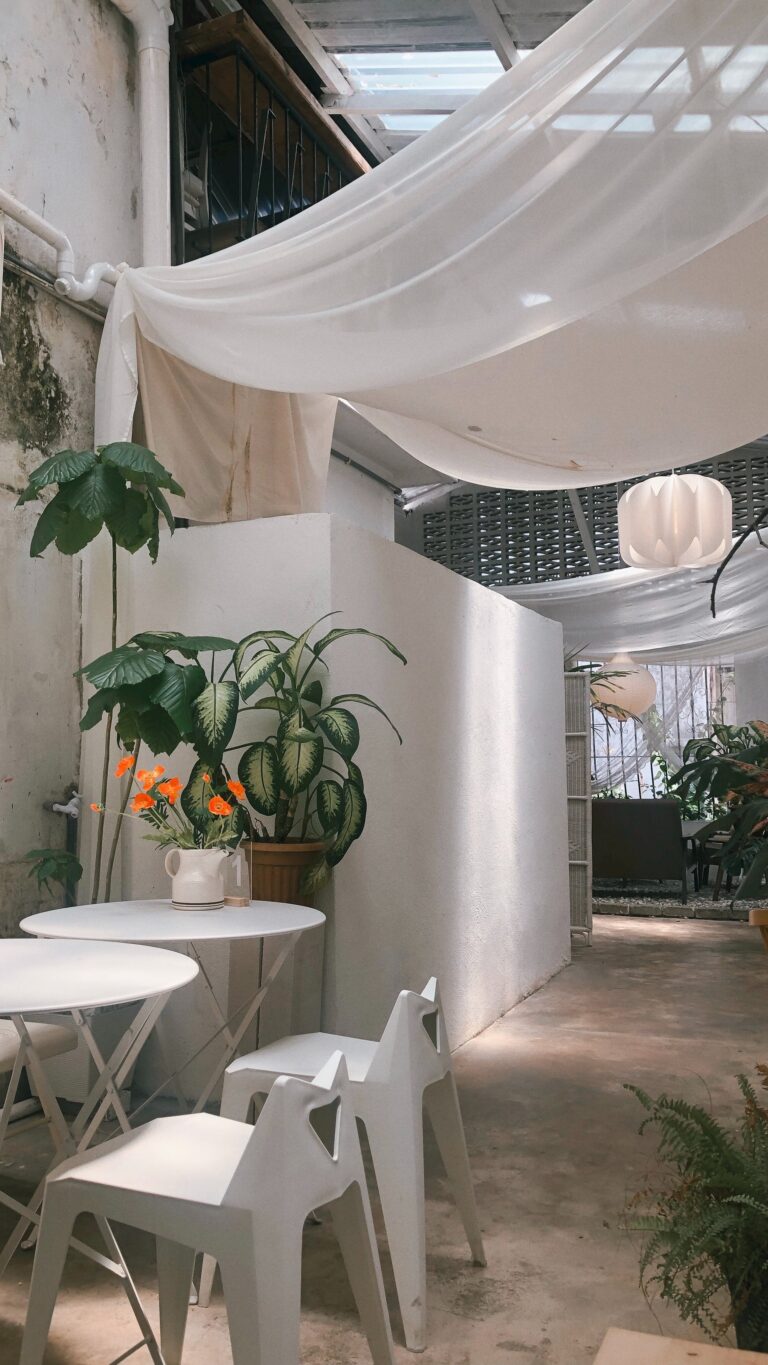
The Big Move: From A to B
It’s moving day! Grab your spade and gently circle around the plant, slowly deepening the moat you’re creating. Keep a kind distance because you don’t want to slice through the roots—a couple inches from the base should do the trick.
Once you’ve freed the sedum, lift it with care. Imagine you’re holding a delicate pastry; you wouldn’t want to squish it, right? The same goes for your plant. Hold it by the root ball, not by the stems or leaves.
Re-Establishing: The Sedum Settles In
Now, let’s get your sedum cozy in its new spot. Plant it at the same depth it was at previously—like Goldilocks, not too deep, not too shallow, just right. Backfill the hole with a mix of native soil and compost to give it a nutrient-packed welcome snack.
Water your newly moved sedum to help it settle in and reduce shock. The goal? Think of it like a soothing bath after a long day. It helps the sedum relax and acclimate to its new surroundings.
Keep an eye on your garden guest for a few weeks. It’s like monitoring a new student in school—give it some extra TLC, and before you know it, it will be part of the cool plants clique, spreading its roots and flourishing.
Do’s and Don’ts When Transplanting Sedum
Picture this: it’s a crisp September morning, the dew is still on the grass, and you’ve decided it’s the perfect time to give your sedum a new home in your garden. Before you break out the trowel and dig in, let’s chat about some key do’s and don’ts to keep your succulent smiling during its transition.
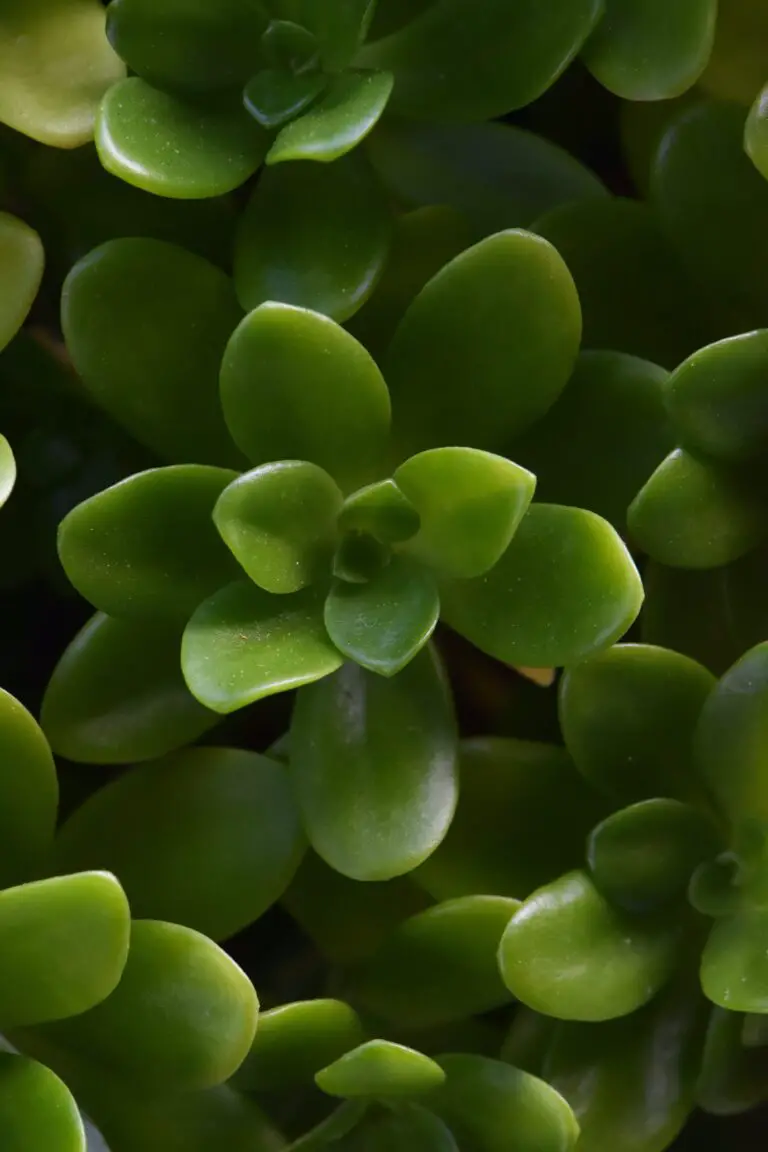
First thing’s first—DO check the weather forecast. Sedum, like many succulents, prefers to be moved during a period of mild weather. An overcast day with temperatures in the cool 60s is a runway for success. Transplanting during a heat wave or frost advisory? That’s a clear DON’T. Extreme conditions can shock your plant, causing the leaves to droop like a sad puppy’s ears.
Got the Go-ahead? Great, Let’s Dig In
DO use the right tools for the job. A spade or shovel appropriate for the size of your sedum can make all the difference. Gently circle around the plant, giving it plenty of space, and then scoop it out. This technique is like giving your plant its own little earthy nest to rest in until it’s safely potted or in the ground at its new location.
What about the DON’Ts during this crucial step? DON’T be tempted to tug at your plant like you’re pulling a rabbit out of a hat. The roots of your sedum are delicate; they need to be teased out of the soil with care and finesse.
Post-Move Pampering
Once your sedum is snuggled into its new spot, DO water it thoroughly. This is like a warm welcome to the neighborhood, helping those roots settle in and say hello to the surrounding soil. Remember, it’s a fine line between hydrated and waterlogged. DON’T turn the area into a mini-swamp. Sedum isn’t a fan of wet feet, and too much water can lead to rot faster than you can say “soggy succulent.”
Finally, DO give your plant the spa treatment it deserves. A little mulch can act as a cozy blanket, helping to maintain moisture and moderate soil temperature. DON’T blanket it too thickly, though. Think of this as putting on a light sweater rather than a heavy winter coat.
Armed with these tips, you’re all set to make your sedum’s September move a success. Think of it as a garden version of moving day—complete with all the excitement and none of the backaches!
Post-Transplant Care for Sedum
So you’ve decided to move your sedum in September, and now it’s settled into its new home—it’s time to talk about post-transplant care. It’s like settling into a new neighborhood; your plant needs time to adapt to its new surroundings. Let me guide you through the essential steps to ensure your sedum not only survives but thrives after the big move.
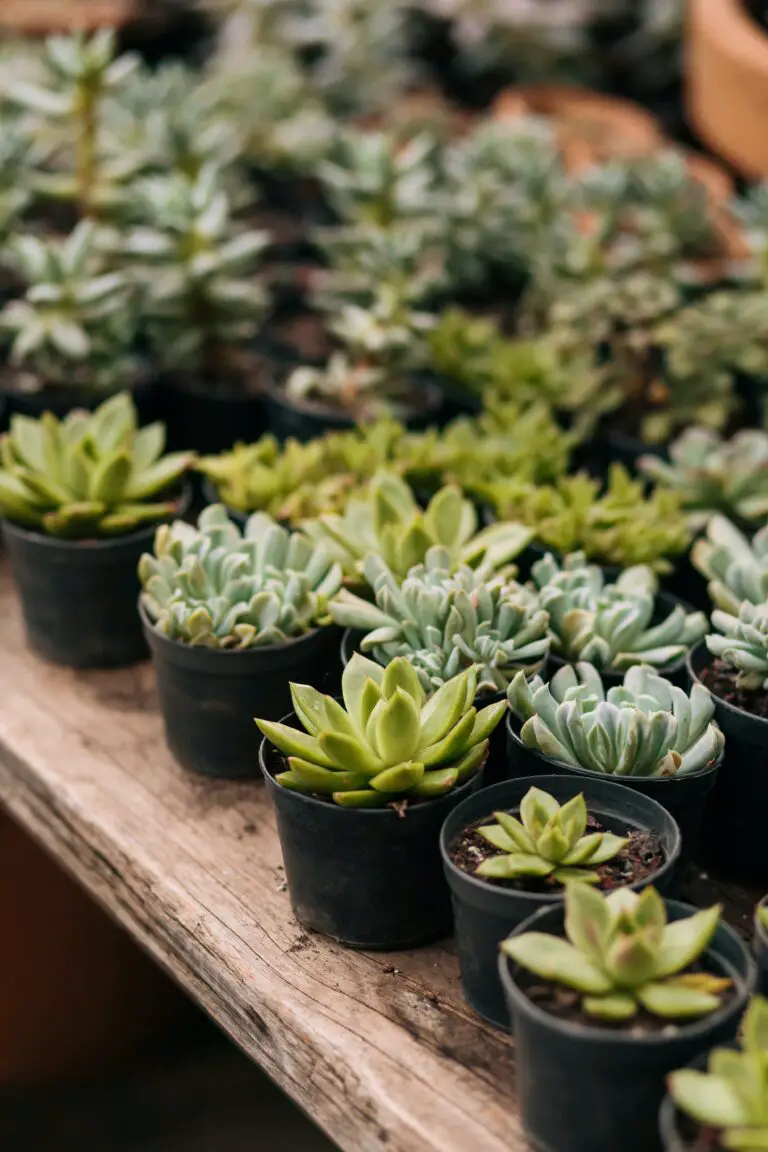
Watering is like the welcome wagon for your newly relocated sedum. But be cautious—these succulents don’t need a firehose greeting. Imagine you just ran a marathon (equivalent to the stress of moving) and someone offered you a giant gulp of water. Sounds good, right? Well, your sedum prefers to sip, not gulp. A measured watering, ensuring the soil is moist but not soggy, is key to preventing root rot. Think of it as a refreshing mocktail rather than a deep-sea dive.
The Sunny Side of the Street
As for sunlight, sedums are sun worshipers. After transplanting, your sedum might feel a bit like it’s under the weather. To assist in its recovery, place it in a location where it can bathe in sunlight, as though it’s lounging on the beach soaking up the rays—indirect sunlight, that is. Direct, scorching heat can be harsh on a recovering plant, much like sunbathing at noon is ill-advised for fair-skinned sunbathers.
Soil: The Foundation of Growth
Lastly, the soil for your sedum is like picking out the right mattress. You want one that’s just right—not too hard, not too soft. Well-drained, sandy soil is the equivalent of a luxury memory foam for sedum. It provides the roots with an airy, comfortable environment to spread out and get cozy. If your soil is more like a swamp, you’ll want to amend it with coarse sand or gravel, creating the perfect bed for your sedum’s delicate roots.
Remember, the right aftercare will make all the difference in your plant’s ability to flourish in its new location. Provide your sedum with gentle watering, ample sunlight, and well-draining soil, and watch as it grows from a cautious newcomer to the star of your garden.
Potential Risks and Considerations
While September skies whisper the coming of autumn, the sedum—those hardy, succulent companions in your garden—are considering whether they’re ready to uproot and settle into a new patch of soil. Sure, you can move your sedum in September, but it’s not just about grabbing a spade and digging in. Let’s talk about some of the garden drama that might unfold without proper planning!
First up, there’s the shock factor. Imagine getting shuffled around unexpectedly. Your sedum might feel the same bewilderment when they’re suddenly exposed to new surroundings. This transplant shock can lead to wilting leaves or even a sulky, drooping posture that says, “I liked it better where I was!” Mitigate this by ensuring their new home is cozy—similar light and soil conditions can cushion the blow of relocation.
Then there are uninvited guests: pests. Picture your sedum plants as the new kids on the block. Sometimes, neighboring bugs might decide to check them out, turning your succulents into an all-you-can-eat diner. Inspect the leaves for aphids, mealybugs, or any other critters that could hitch a ride. A gentle spray with insecticidal soap can serve as a pest bouncer, keeping those party crashers at bay.
Lastly, let’s chat about disease dilemmas. With cooler temps and the potential for more moisture, fungal foes like powdery mildew could crash your sedum’s September soiree. Make sure your plants are staying dry at the base and have plenty of breathing room to say “No thanks!” to these unwelcome illnesses.
Remember, your sedum has stories told through every leaf and stem. Moving in September? Do it with mindfulness, taking cues from their current comfort zone, and soon they’ll be the star of the autumn garden narrative. And if you’re looking for a snapshot of what to keep an eye out for, check this out:
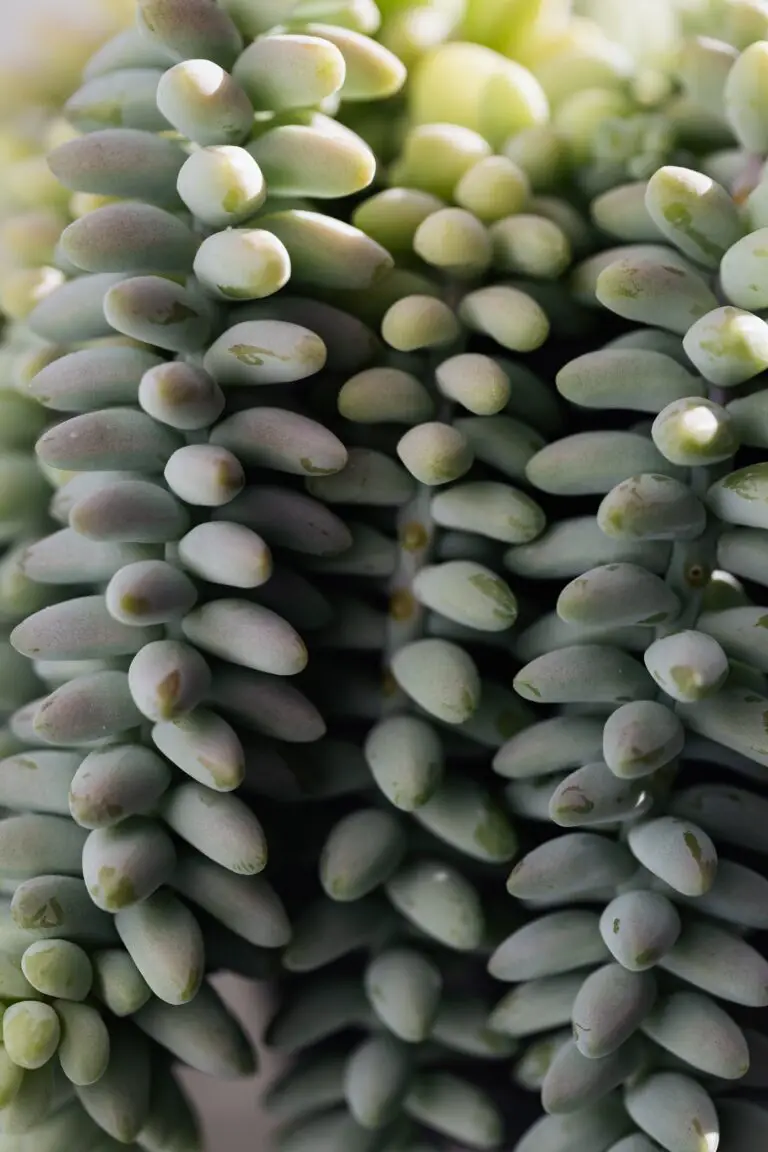
So there you have it: avoid the drama with a little bit of care, and your sedum can transition smoothly into their new September setting. Just remember, treat them like the resilient yet delicate beauts they are, and you’ll both enjoy the move!
Expert Advice on Autumn Gardening
When the leaves begin to showcase their autumnal hues, gardening enthusiasts pivot their attention to raking leaves and pumpkin displays. Yet, it’s also an optimal time for certain gardening tasks, such as relocating your steadfast companions, the sedums. But can you move sedum in September? Absolutely! And here’s why autumn is your ally in this endeavor.

As the summer heat wanes, sedum plants, those hardy succulents that have braved the scorching sun, welcome the cooler days. Horticultural experts are unified in their verdict – autumn provides a gentle yet efficient environment for sedums to transition to a new location.
Understanding the Seasonal Shift
Sedums are sturdy, yet they relish moderate temperatures. During September, the soil retains enough warmth from summer to encourage root growth, while the cooler air temperatures reduce the stress on the plant’s top growth. It’s the perfect balance for sedums to establish themselves without the pressure of extreme weather. Imagine relocating to a mild climate from a sweltering one – your sedum feels that same sigh of relief!
Advantages of Autumn Transplanting
When moving your sedum in September, it won’t just survive; it will thrive. With the absence of intense heat, your sedum can focus all its energy on expanding its root system. This is crucial, as a strong root network before winter ensures a bloom-filled spring. It’s like laying down the robust foundations for a house before the frost sets in, ensuring stability and resilience.
Additionally, autumn is typically associated with more predictable rainfall, providing your sedum with nature’s own irrigation system – a welcome aid in the relocation process. Plus, pests and disease pressures are significantly lower, so your sedum won’t have to fight off extra stressors while it settles into its new home.
Incorporating expert advice into your gardening routine makes the difference between a plant that’s merely surviving and one that’s thriving. So yes, September is a call to action for all gardeners looking to give their sedums a fresh start. Embrace autumn’s embrace, and watch as your sedum graces you with an even more spectacular presence come next spring.
Frequently Asked Questions
Got questions about shifting your sedum in the crisp months of September? You’re not alone! Gardeners often wonder about the dos and don’ts of moving these resilient yet finicky succulents. Dive in as we tackle some of the most common curiosities with answers that’ll help you master the art of sedum relocation!
Can I move my sedum in September without risking its health?
Absolutely! September can be the perfect time to relocate your sedum. It’s the sweet spot between the scorching summer heat and the frosty winter chill, allowing your plant to acclimate smoothly to its new location. Just picture a sedum, comfortably nestling into its new home with the gentle September sun as its welcoming committee!
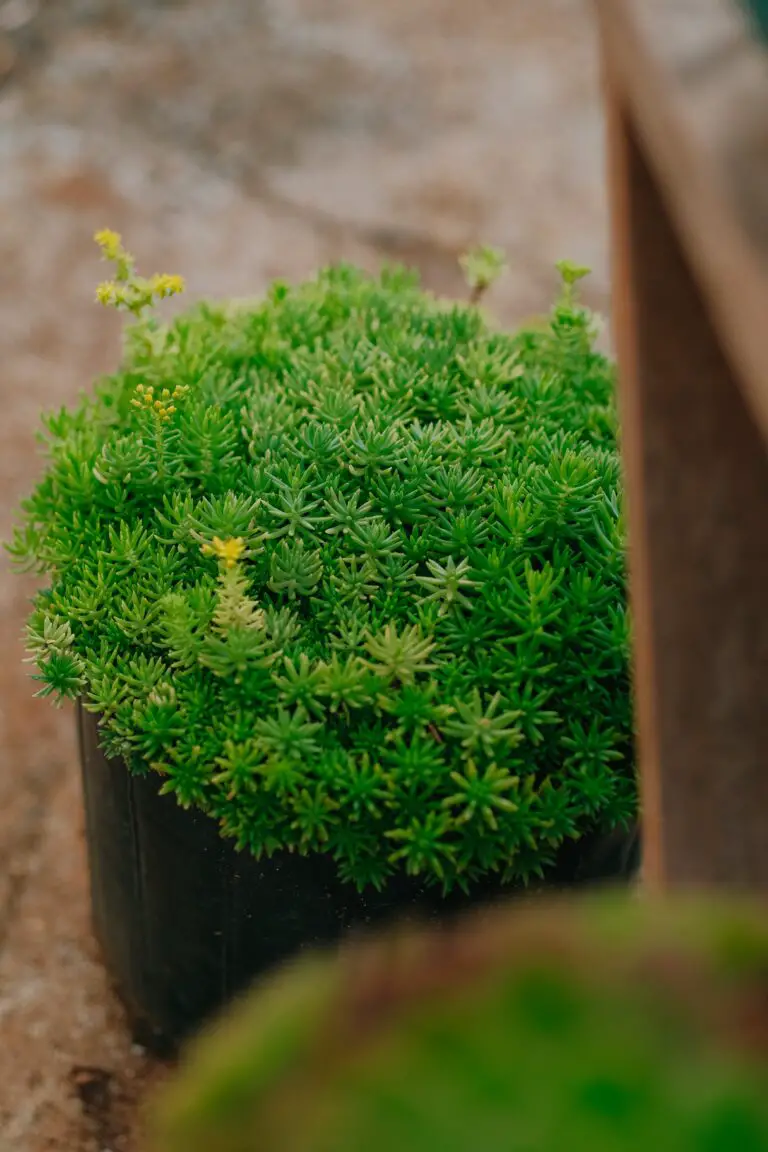
What are the signs that my sedum is ready to be moved?
Tune into the tell-tale signs: is your sedum outgrowing its pot, like a teenager in a child’s clothing? Or maybe it’s not flourishing as expected. If you notice cramped roots or a lack of new growth, it’s like your sedum is saying, “Hey, I need a change of scenery!”
How do I prepare my sedum for the move?
Think of it as preparing for a short trip. Give your sedum a good watering a couple of days before the move. This will ensure the soil and roots are optimally hydrated for the transition—sort of like packing a water bottle for a hike.
What’s the best way to actually move the sedum?
It’s hands-on time! Gently coax your sedum out of its current pot, preserving as many roots as possible—it’s a bit like coaxing a cat out from under the bed. Then, place it lovingly into its new abode, ensuring the soil level remains consistent with what it’s accustomed to.
Once moved, how do I care for my sedum to make sure it thrives?
After the move, treat your sedum like a guest at a spa. Provide it with some tender, loving care by watering it thoroughly and placing it in a location that matches its preferred light conditions. Does it enjoy basking in the sun? Or is it a fan of the afternoon shade? Keep an eye on your plant’s response, and it’ll tell you what it needs.
Remember, shifting your sedum in September isn’t just about the move; it’s about ensuring a seamless transition to more suitable living quarters. With the right approach, your sedum will thank you with robust growth and vibrant health, ready to stun in its new location.



